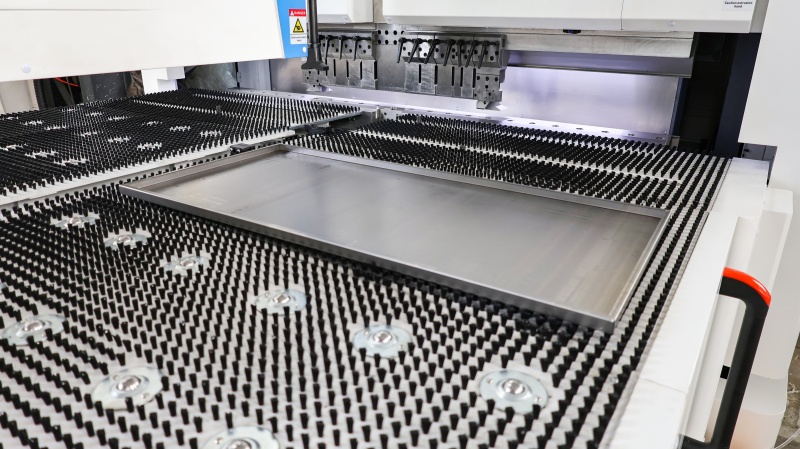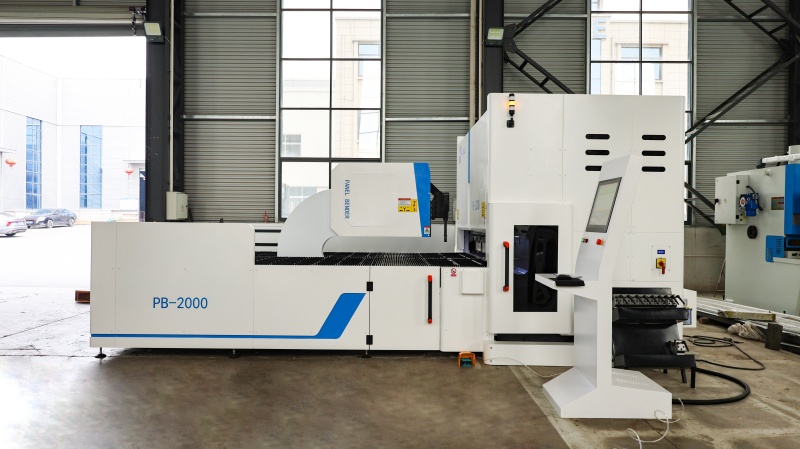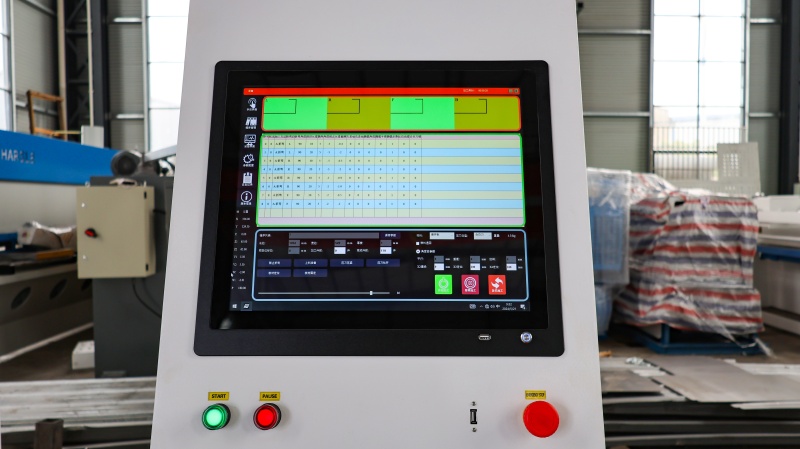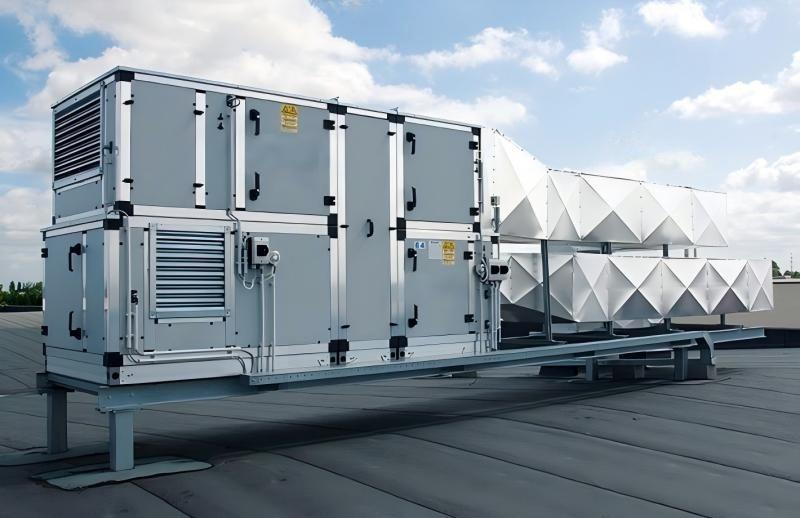Documentation Hub
Comprehensive technical manuals and guides to help you master HARSLE machines and optimize your metalworking efficiency
Why Choose Panel Bender in HVAC Equipment for Modern Fabrication?
Panel Bender in HVAC Equipment plays a vital role in modern manufacturing where accuracy and efficiency are essential to ensure quality and reduce costs. Many companies now rely on this technology as their go-to solution for handling complex sheet metal bending tasks with consistency, speed, and flexibility. In this article, I’ll explain why panel benders are crucial in HVAC fabrication, how they streamline workflow, and what practical steps you can take to maximize their benefits.
Advantages of Using Panel Bender in HVAC Equipment
Enhanced Precision in Sheet Metal Forming

A panel bender ensures that every HVAC panel, duct, or housing component meets exact specifications. Unlike traditional bending machines, it automatically adjusts bending sequences, eliminating the inconsistencies that often come with manual setups. This level of precision directly improves the performance of HVAC units, which rely heavily on properly aligned parts.
Faster Production Cycles
Speed is essential in modern HVAC manufacturing, especially when dealing with bulk orders. With automated tooling changes and programmable bending cycles, panel benders significantly cut down cycle times. For example, switching from one duct size to another doesn’t require long setup times, making it easy to process small batches or varied designs in a single shift.
Reduced Material Waste
One of the hidden costs in HVAC fabrication is material scrap caused by inaccurate bends. By using Panel Bender in HVAC Equipment, manufacturers can achieve consistent angles and tight tolerances, reducing the risk of wasted materials. Over time, this translates to substantial savings, especially for companies producing large volumes of sheet metal parts.
How to Operate a Panel Bender in HVAC Equipment
Step 1: Preparing the Work Area

Before operating the machine, ensure that the work area is free from debris, sharp tools, or loose materials. A clean and level environment supports consistent bending accuracy.
Step 2: Programming the Bending Cycle

Modern panel benders feature user-friendly CNC systems. I input the sheet thickness, bend angle, and part dimensions into the control unit. The software automatically calculates the bending sequence, making the process straightforward and repeatable.
Step 3: Loading and Positioning Materials
I place the sheet metal carefully on the work table, ensuring it aligns with the backgauge system. Accurate positioning is critical because even a small misalignment can impact the final bend quality.
Step 4: Monitoring Bending Accuracy
During the bending process, sensors monitor force, angle, and positioning. I keep an eye on the display screen to verify that all values remain within tolerance. If needed, I can adjust the program without stopping production.
Common Applications of Panel Bender in HVAC Equipment
Duct Manufacturing
Panel benders are widely used for creating ducts of various shapes and sizes. Their ability to handle complex folds makes them ideal for square, rectangular, and custom ductwork.
Air Handling Units (AHUs)

The structural frames and enclosures of AHUs require precise bending for proper fit and sealing. Using a panel bender ensures reliable performance and energy efficiency in HVAC systems.
HVAC Cabinet and Housing Panels
Cabinets and protective housings for HVAC units must combine durability with accurate geometry. Panel benders produce clean edges and consistent folds that improve both function and aesthetics.
FAQs
What is the main advantage of using Panel Bender in HVAC Equipment compared to press brakes?
Panel benders automate most bending tasks, reducing operator dependency and improving repeatability. This is especially valuable for HVAC parts with multiple bends and complex geometries.
Can panel benders handle different sheet thicknesses used in HVAC?
Yes, panel benders can process various sheet thicknesses. The CNC system allows quick adjustments, making it versatile for light-gauge ducts and heavier cabinet panels.
How does a panel bender improve energy efficiency in HVAC production?
By reducing material waste and ensuring accurate bends, panel benders create better-fitted components. This improves the overall performance of HVAC systems, minimizing air leakage and energy loss.
Conclusion
Choosing a Panel Bender in HVAC Equipment is a smart investment for any manufacturer looking to improve precision, speed, and cost-efficiency in modern fabrication. From ducts and housings to complete HVAC cabinets, panel benders deliver consistent results that help reduce waste and enhance product quality. By integrating this technology into your production line, you can meet the growing demand for reliable, energy-efficient HVAC systems.
If you want to learn more about panel benders or explore customized solutions for your factory, don’t hesitate to reach out to our team. We’ll be happy to provide guidance and help you find the right equipment for your production needs.













